Island building and habitat restoration have significant environmental benefits, improving aquatic and land-based ecosystems. Working under LS Marine alongside Ramsey County, the U.S. Army Corps of Engineers, Saint Paul District, and the Minnesota Department of Natural Resources, Brennan built up islands at Pigs Eye Lake in Saint Paul, Minnesota.
The project's master plan features seven islands, sand beaches, marsh habitat, and land plantings. We utilized dredged material from the Mississippi River in an environmentally beneficial way to build the islands. Here's how it happened and why it works!

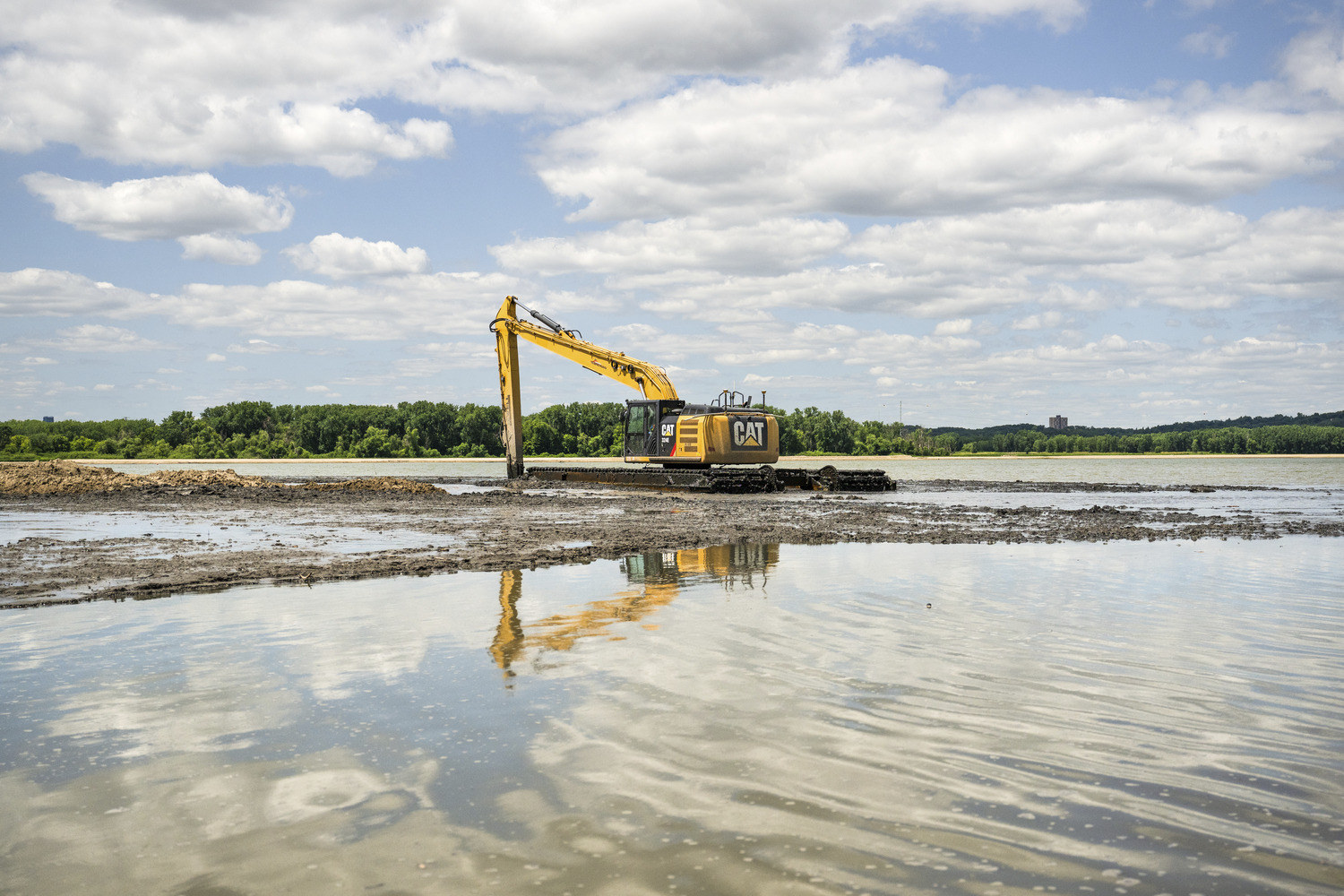
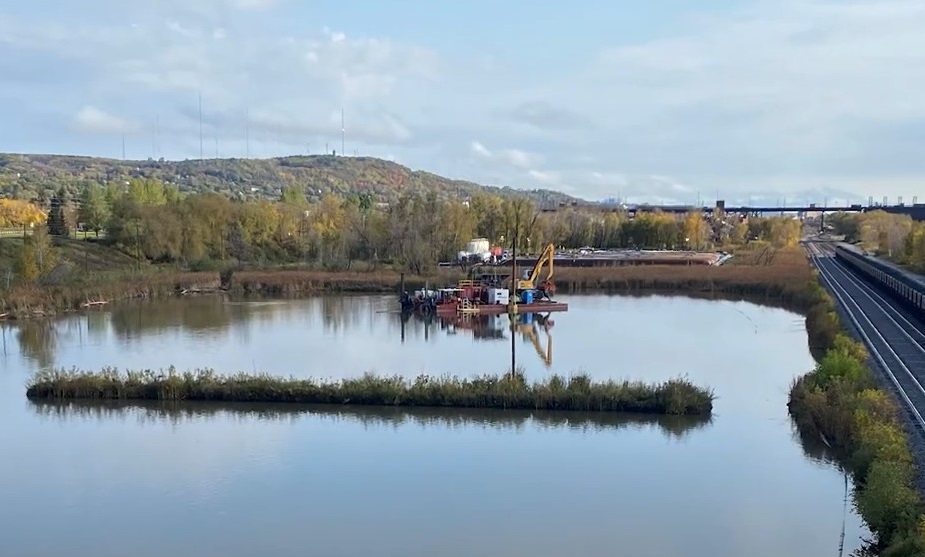
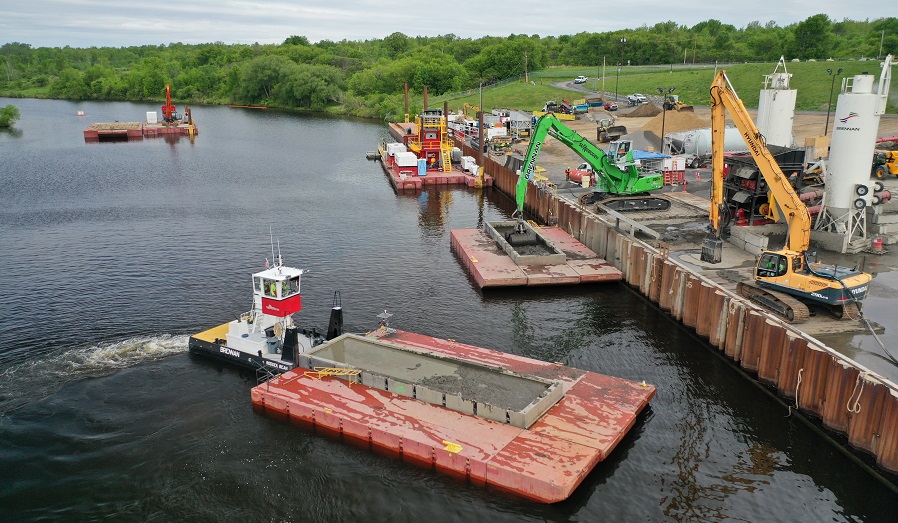
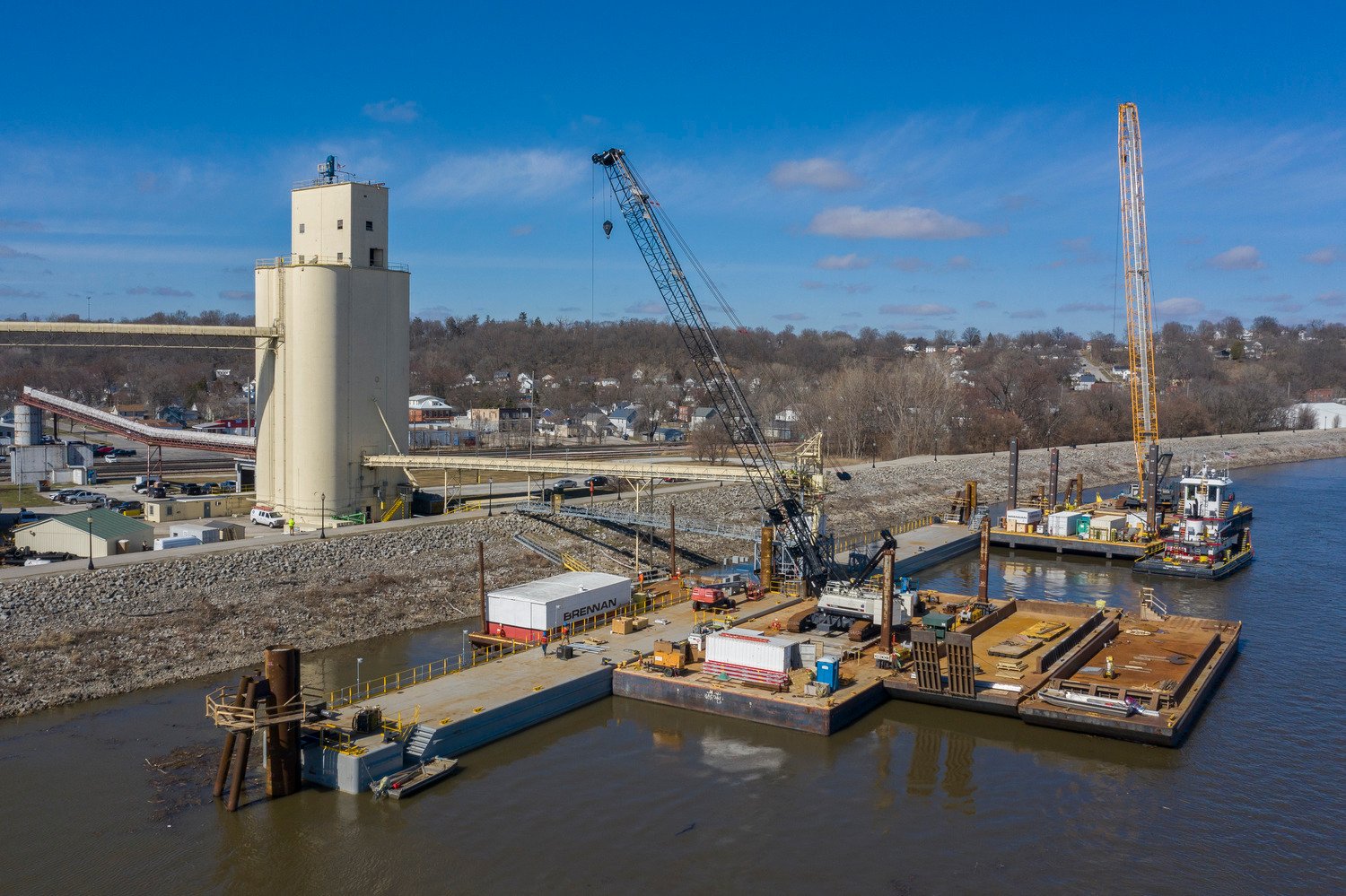
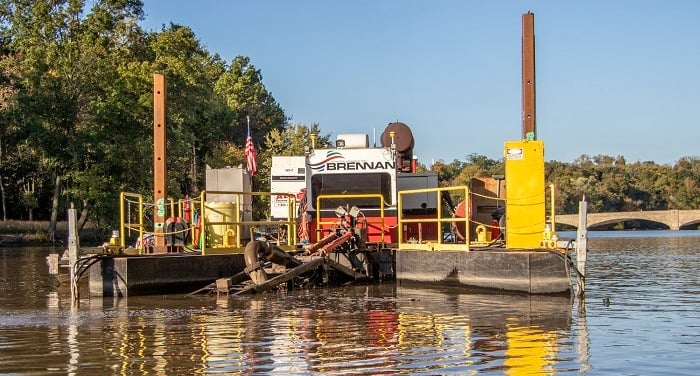
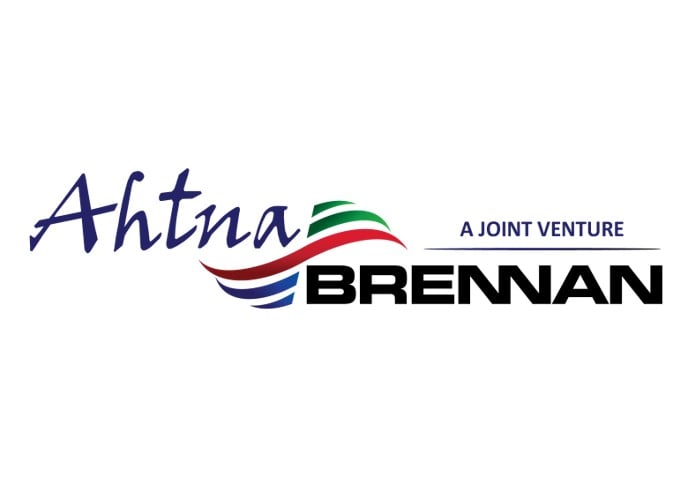
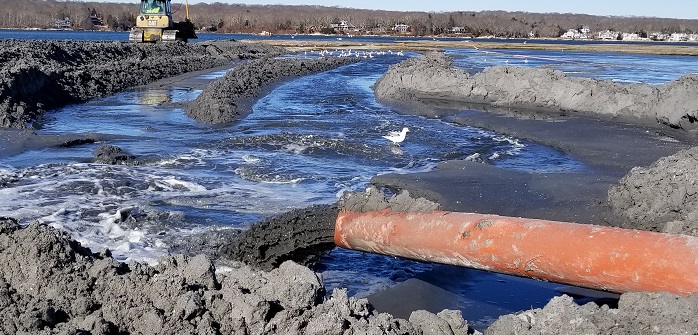
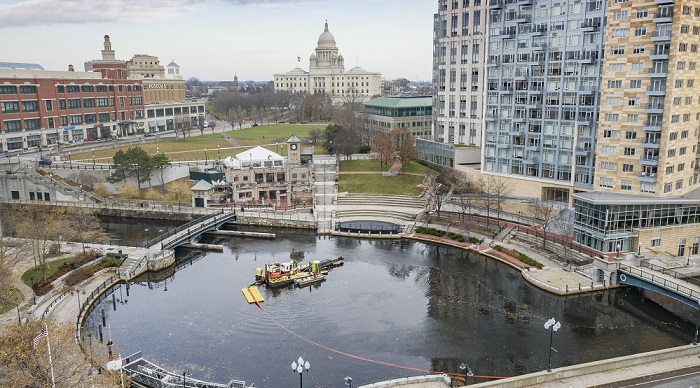
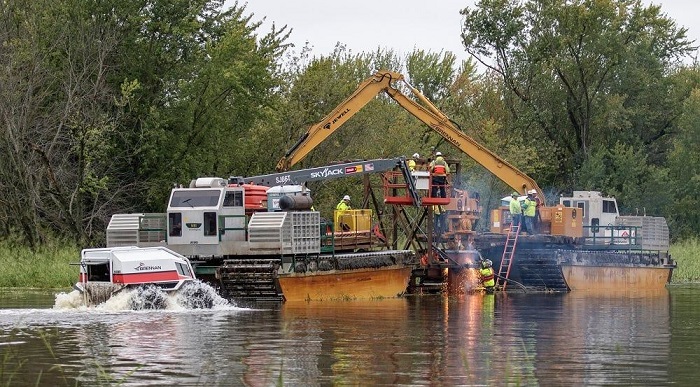
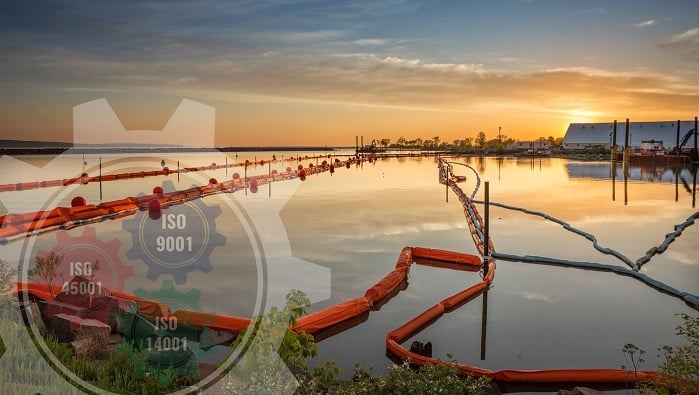
 Newer Posts
Newer Posts
